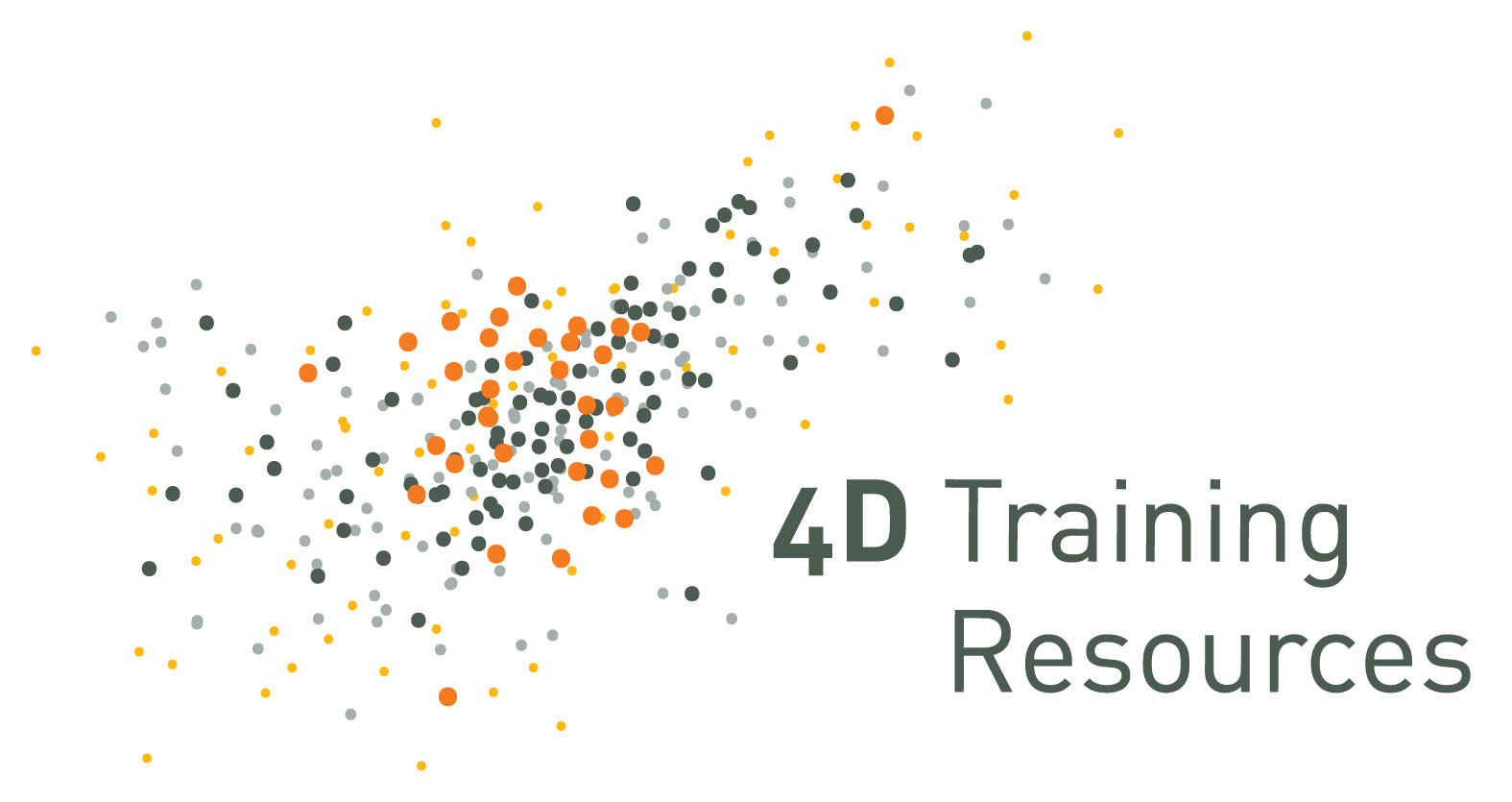Cave Without a Name

Teach the concept of team synergy with Cave Without a Name, a challenging adventure simulation that focuses on consensus decision making, problem solving, and managing group conflict. By comparing individual solutions to solutions reached by the group, participants experience first-hand the advantages of working as a team.
The Scenario
It was dark — really dark. Darker than you had ever experienced before. Not the ordinary nighttime dark where you can still see a faint outline of your hand immediately in front of your eyes. But the absolute blackness of black, and that sent a nauseating little surge of panic into your gut. Instinctively, members of the group reached out and found one another. The simple touch of others brought momentary relief to everyone’s growing terror — the terror of being trapped in one of the unexplored passageways of the Cave Without a Name. Can your team survive with only its wits and 10 daypack items?
Learning Outcomes
- Learn how to manage and resolve group conflict
- Hone group problem-solving skills
- Improve communication
- Discover the advantages of consensus decision making
Theory
Based on actual explorations and named for a cave near Boerne, Texas, Cave Without a Name demonstrates the concept of team synergy — the belief that decisions made by groups are better than decisions made by individuals acting alone (Michaelson, Watson, & Black, 1989). Groups bring a greater sum total of knowledge and information to the discussion of a problem, as well as a greater number of approaches and perspectives. The simulation can also demonstrate “process loss.” This phenomenon occurs when a knowledgeable group member outperforms the group, indicating that the member’s knowledge was lost sometime during the group discussion. In order for group decision making to work, unique information must be shared and absorbed by the group (Stasser, 1992).
How It Works
This powerful roundtable simulation challenges teams to rank 4 action responses and 10 daypack items — first as individuals, and then as a team. First, as the facilitator, you’ll introduce the adventure scenario. Participants will then rank action responses and daypack items on their own, using pressure-sensitive scoring forms. Next, each team conducts the same ranking process as a unit. Finally, you’ll lead the participants into a group action planning discussion, providing the team with the opportunity to apply the learning to the workplace.
Uses for Cave Without a Name
What to Order/Product Contents
Facilitator Guide includes: Administrative guidelines 2-hour workshop design Expert rationale Experiential learning/training methodology Training design options CD-ROM containing Microsoft® PowerPoint® presentation and reproducible masters Updated page layout Sample copy of Participant Guide Convenient binder format
Participant Guide includes: Scenario description Pressure-sensitive response form Team synergy score chart Team discussion guidelines

